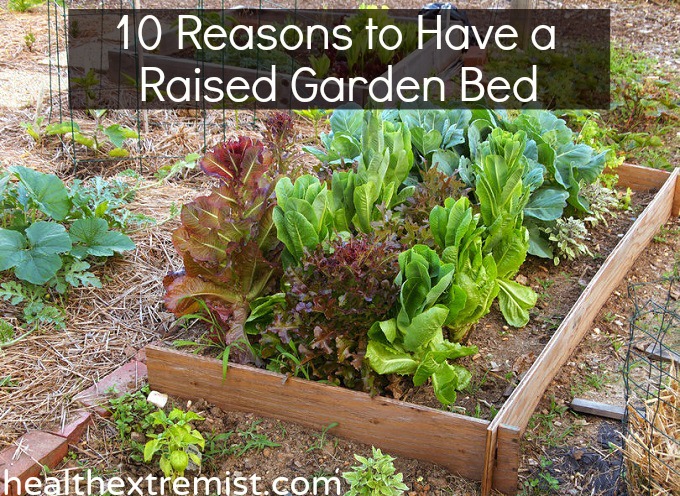What Are The Benefits Of Using Raised Beds For Efficient Nutrient Uptake?
Raised garden beds are a fantastic addition to any backyard garden. Not only are they aesthetically pleasing, but there are also numerous benefits to using them in your gardening efforts. In this post, we'll explore 10 key benefits of using raised garden beds and provide a step-by-step guide on how to make your own. First, let's start with a little background about raised garden beds. These are simply garden beds that are elevated off of the ground, typically constructed using wood, metal, or stone materials. They can be any size, but are usually around 12-24 inches high. Now, let's dive into the benefits of raised garden beds: 1. Improved Soil Quality: Raised garden beds allow you to control the quality of your soil. You can fill them with nutrient-rich soil that is free of rocks and other debris, leading to healthier plants and better yields. 2. Better Drainage: Because raised garden beds are elevated, excess water can easily drain away. This helps prevent waterlogging and promotes healthier root growth. 3. Longer Growing Season: Raised garden beds warm up faster in the spring, meaning you can start planting earlier and extend your growing season. You can also use covers or hoop houses to protect your plants from frost, further extending your growing season. 4. Better Accessibility: Raised garden beds are easier to reach and tend to, especially for those with mobility issues. You can also elevate them to an appropriate height for children or those in wheelchairs. 5. Pest Control: It's easier to control pests in raised garden beds because you can add hardware cloth or chicken wire to the bottom before filling with soil. Additionally, it's easier to spot and remove pests from raised garden beds. 6. Weed Control: Raised garden beds have fewer weeds than traditional garden beds because they don't have soil touching the ground. You can also use landscaping fabric or newspaper to further prevent weed growth. 7. Improved Aesthetics: Raised garden beds add visual interest to your garden and can be constructed in a variety of shapes and sizes. You can also add decorative elements such as trellises or planters to further enhance their appearance. 8. Better Watering Efficiency: Raised garden beds require less water than traditional garden beds because the soil stays moist for longer. This is especially advantageous during hot summer months. 9. Better Fertilizer Distribution: You can more easily distribute fertilizer in raised garden beds because you can mix it directly into the soil before planting. You can also use organic fertilizers such as compost or manure. 10. Cost-Effective: With a bit of DIY skill, you can construct your own raised garden beds using inexpensive materials. This makes them a cost-effective option for backyard gardeners. Now that we've explored the benefits of raised garden beds, let's move on to how to make your own. Materials You'll Need: - Wood planks (untreated cedar or redwood are good options) - Galvanized screws - Weed barrier fabric - Soil - Plants or seeds Step 1: Determine the size and location of your raised garden bed. - Choose a location that receives plenty of sunlight and is relatively level. - Decide on the dimensions of your bed. A good rule of thumb is that you should be able to reach the center of the bed from either side. Step 2: Build the frame of your raised garden bed. - Cut your wood planks to the desired size. - Secure the corners of the planks together using galvanized screws. - The bed should be at least 12-24 inches high. Step 3: Add the weed barrier fabric. - Line the bottom of your bed with weed barrier fabric. - This will prevent weeds from growing up into your bed. Step 4: Add soil to your raised garden bed. - Fill your bed with good quality soil, free of rocks and debris. - Use a mix of soil and compost to provide the best nutrient balance. Step 5: Plant your garden bed. - Plant your garden with the seeds or plants of your choice. - Water regularly, being mindful not to overwater. In conclusion, raised garden beds offer numerous benefits to backyard gardeners. From improved soil quality to better accessibility, they are a worthwhile investment for any gardening enthusiast. With a few materials and some DIY skills, you can make your own raised garden bed and reap the rewards for years to come. Happy gardening! 







benefits raised beds garden infographic bed gardening build vegetables building vegetable custommade visual year diy flowers final own start erosion